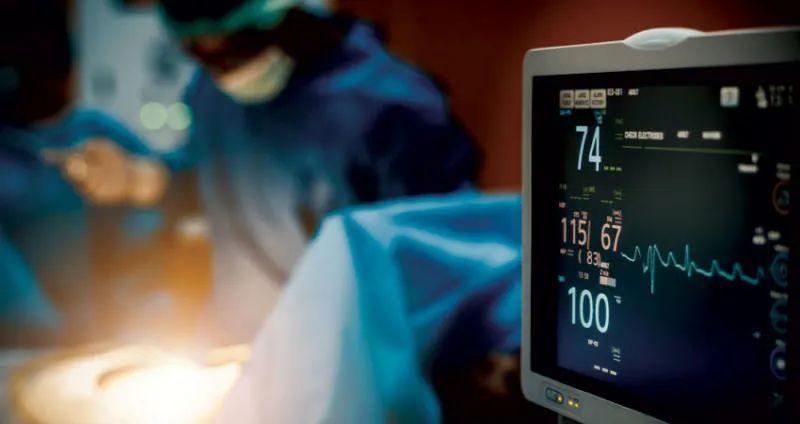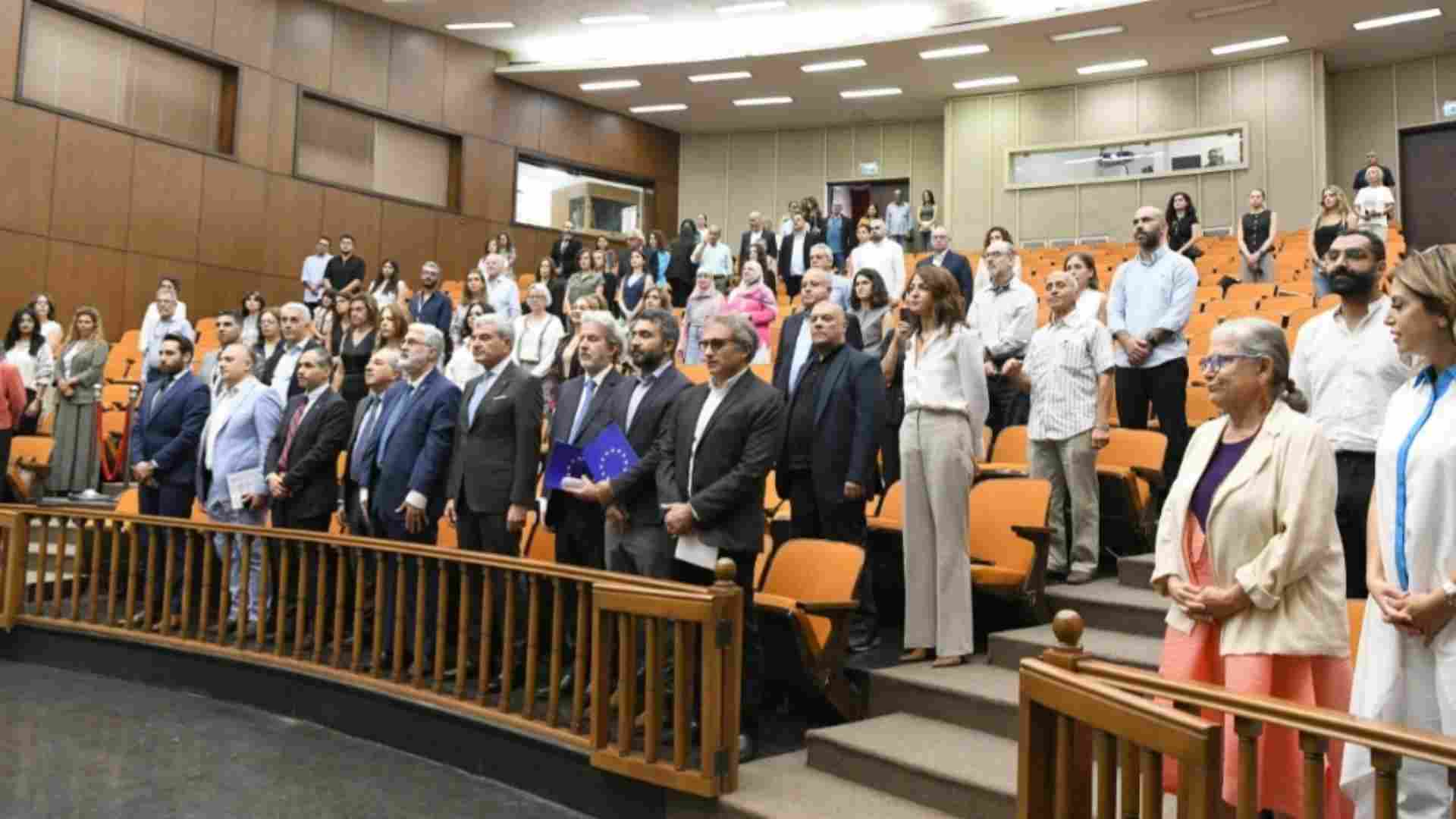
LEBANON (Enmaeya Feature) - November 12, 2025
A man in his mid-fifties, living in Beirut, discovered he had diabetes after experiencing persistent fatigue and unexplained weight loss. He had no idea that these early signs were a warning, and that early diagnosis could completely change the course of his life. His story reflects the reality of thousands of Lebanese living with non-communicable diseases (NCDs) such as diabetes, heart disease, and hypertension, without fully understanding the true risks.
Amid economic crises and daily pressures on the healthcare system, the importance of early detection and integrated management of these diseases stands out. This is a mission that the Lebanese Ministry of Health is pursuing, in collaboration with local and international organizations, to ensure a healthier life for everyone over 40.
Thousands at Risk: Chronic Diseases in Lebanon
In an exclusive interview with Enmaeya, Dr. Randa Hamadeh, Director of Primary Healthcare and Social Health at the Ministry of Public Health, emphasized that the Ministry is working to enhance early detection and management of chronic diseases, particularly diabetes, among individuals over 40.
Dr. Hamadeh explained that the program is implemented in collaboration with the World Health Organization (WHO), the American University of Beirut Medical Center (AUBMC), and several local and international NGOs. It follows the WHO 2012 guidelines on NCDs and applies a structured framework in primary healthcare centers to reduce the burden of these diseases in Lebanon.
Early Detection: A Life-Saving Game-Changer
Early detection and integrated management are key to preventing complications from NCDs. With timely screenings, patients like the man from Beirut can receive care before serious health consequences occur, changing their life trajectories entirely.
Smart Algorithms & Training: Boosting Healthcare Power
As part of capacity building, an algorithm was designed to guide diabetes screening, monitoring, and management at primary healthcare centers.
In this context, an algorithm refers to a structured series of steps or instructions that doctors and healthcare staff follow to make correct medical decisions—such as identifying who should be screened, when tests should be conducted, and how to follow up and provide appropriate treatment.
Additionally, approximately 30 physicians and medical advisors, along with 97 primary healthcare staff members, were trained in March 2025 on awareness tools and educational materials about NCDs, ensuring the effective application of these algorithms for optimal patient outcomes.
Screening Stats That Shock: Who’s Diagnosed?
The results show that the number of beneficiaries over 40 who were screened reached 172,068 and 179,067 in 2023 and 2024, respectively. Moreover, the number of beneficiaries diagnosed with diabetes was 1,791 in 2024 and 1,703 up to September 2025.
Regarding cardiovascular risk, 150,344 individuals had a risk below 10%, 13,726 had a risk between 10% and 20%, and 12,464 had a risk above 20% in 2024.
LPSP Wellness Packages: Prevention Made Personal
The program also integrated diabetes care into LPSP wellness packages, focusing on promoting healthy lifestyles and regular screenings for adults over 40 to support early diagnosis.
For individuals with diabetes, the packages provide continuous medical follow-up, support for medication adherence, referrals to dietitians, and guidance on physical activity.
Stronger Together: Sustainable Health Efforts Across Lebanon
Dr. Hamadeh emphasized that these measures represent comprehensive efforts to reduce chronic diseases and improve public health in Lebanon. She highlighted that the program reflects collaboration between the government and local and international health organizations to ensure sustainable services.
Early detection and integrated management of NCDs in Lebanon are more than just a health program—they are an investment in the lives of Lebanese citizens and the future of the country. Through collaboration between the Ministry of Health and local and international organizations, statistics and plans are translated into practical steps that protect thousands of individuals daily, offering them a chance at a healthier and more active life after 40.
Amid ongoing crises and challenges, this program proves that prevention and awareness are the strongest tools for communities to face chronic diseases, turning health threats into opportunities for sustainable positive change.












